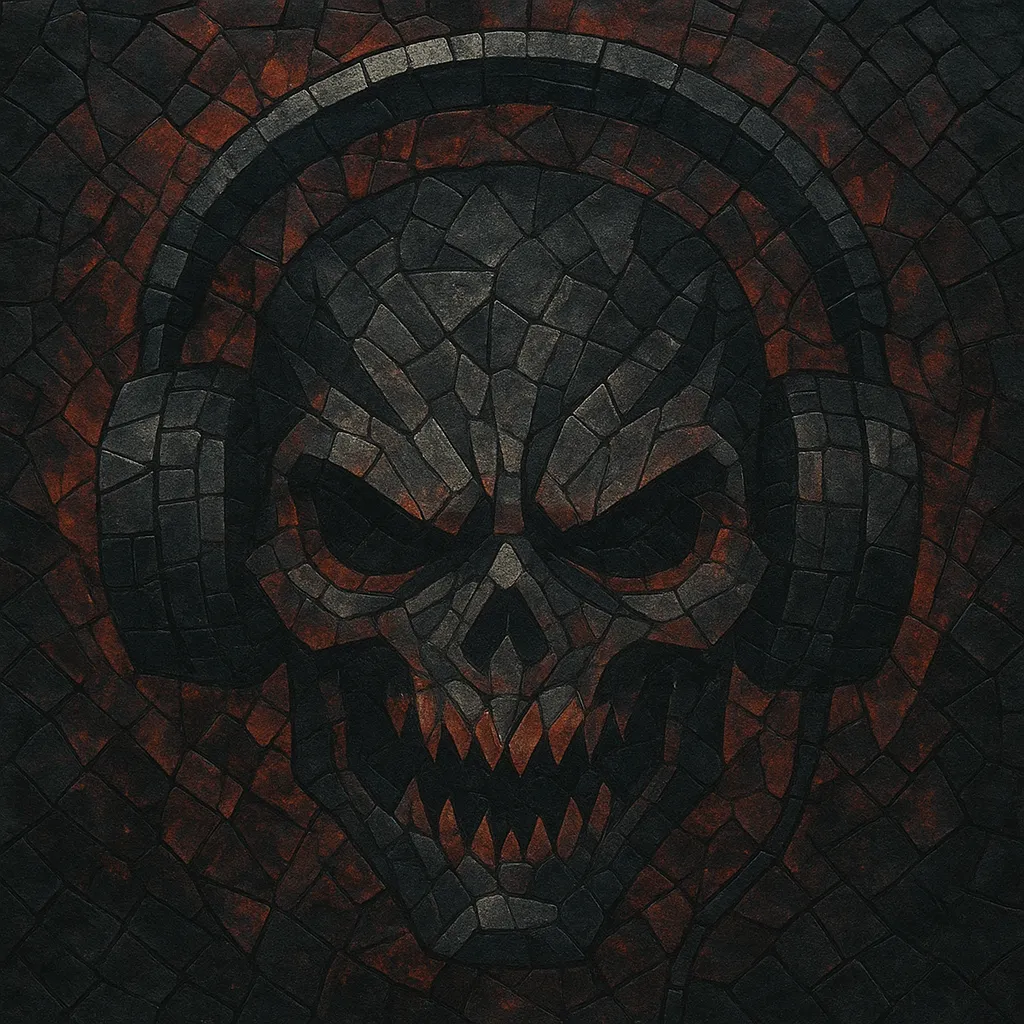Rawstyle is a darker, more aggressive offshoot of hardstyle characterized by heavily distorted "raw" kicks, abrasive screeches, tense atmospheres, and high-energy drops around 150 BPM. Compared to euphoric hardstyle, it favors harsher sound design, minor tonalities, and cinematic, ominous breakdowns over big melodic climaxes.
Tracks typically feature punchy, multistage distorted kick-tails that are pitched to the key, frenetic kickrolls, and screech leads built from resonant filtering or FM synthesis with wide pitch bends. The overall aesthetic is gritty, intense, and built for large festival sound systems, emphasizing impact and dancefloor aggression.
Rawstyle emerged in the Netherlands as a harder, darker response to the increasingly melodic direction of mainstream hardstyle. Early signals came from the rougher corners of labels and crews associated with A2 Records, Theracords, Fusion, and Minus Is More, where producers explored more distorted kicks, minimal melodic content, and ominous textures. The term “rawstyle” gained currency in the early 2010s as a way to distinguish these tracks from euphoric hardstyle.
By the mid‑2010s, rawstyle had its own identity, artist rosters, and dedicated festival slots. Events like Defqon.1, Qlimax, Decibel, and especially the raw‑focused Supremacy festival showcased the sound’s hallmarks: aggressive “raw kicks,” screech‑led drops, and DJ‑friendly intros/outros for tight mixing. Artists such as Radical Redemption, Warface, E‑Force, Adaro, B‑Front, Crypsis, Ran‑D, Frequencerz, and their labels (e.g., Roughstate, End of Line) codified production techniques and performance aesthetics.
The style expanded worldwide, with strong scenes in the Netherlands, Italy, Germany, and beyond. Sound design evolved toward even denser distortion chains, punchier transients, and complex kickroll patterns at 150–155 BPM. A bridge style dubbed “rawphoric” blended rawstyle’s grit with euphoric leads, while cross‑pollination with trap and psytrance fed hybrids like hard trap and psystyle. Rawstyle remains a staple on major hard dance festival stages, known for peak‑time intensity and sound system‑driven impact.


